10 Day - Desert Tour from Tangier to Marrakech
Description
Included/Excluded
Tour Plan
Tour Map
Reviews
10 Day – Desert Tour from Tangier to Marrakech
Tangier – Chefchaouen – Meknès – Volubilis – Fez – Midelt – Erfoud – Merzouga- Boumale Dades- Ouarzazate – Ait Benhaddou-Marrakech
Let’s enjoy the 10 Day Desert Tour from Tangier to Marrakech Via Sahara Desert is the most requested itinerary. Through the tour, you will have visited the most attractive sites in Morocco by visiting the imperial cities, which are considered good destinations for historical buffs. During your trip, you will visit one of the beautiful cities in Morocco called Chefchaouen which is located in Rif Mountains; you will have the whole day touring inside the old medina. Moreover, Meknes is the fourth imperial city founded by the Almoravid dynasty. Here you will visit various spots such as Lahdim Square, Habs Qara, Grand Mosque, etc. Besides, you will discover another imperial city, Fez, known as the spiritual city; you will visit its Royal Palace, Bab Boujloud Gate, Karaouine Mosque, Karaouine Mosque, etc..
In addition, we will head to Merzouga Sahara by passing through a cedar forest where Barbary apes live. Later on, we will continue the journey to Sahara, we will spend some unforgettable moments, thereby doing a tour around Erg Chebbi Dunes, visiting nomad families, and ending by having a night in a desert camp. That will be one of the highlights of your 10 Day Desert Tour From Tangier To Marrakech Via Sahara Desert. Furthermore, we will take a trip to Marrakech via visiting many places; we will visit the Gorge of Tudra and the Dades Valley. The tour continues to a Berber fortress, “Kasbah Ait Ben Haddo”, where many movies had filmed. We will drive to Marrakech, where you are going to explore various places: El Badi Palace, Saadian Tombs, Majorelle Garden, etc.
Included/Excluded
- Private air-conditioned vehicle with English speaking licensed driver.
- Local tour guides as specified in the itinerary: in Tangier, Chefchaouen, Volubilis Meknes, Fez, Marrakech
- 07 nights’ accommodation with daily breakfast in 4 star Hotel or Riad
- 01 night in desert camp (Dinner & Breakfast)
- 01 night accommodation with breakfast and Dinner in 4 star Hotel or Riad
- Entrance fees of Monuments as listed in the itinerary
- Bottled water (2btl per person per day)
- Departure Location: Tangier
- Return Location: Marrakech
- Departure Time: 3 Hours Before Flight Time
- Flight
- Travel insurance
- personal expenses
- Lunches, Drinks
- Gratuities: tips to guides, drivers, bellboys,
Tour Plan
Day 1
Arrival to Tangier
Overnight in: Tangier.
Meals: Breakfast
Optional(s): Arrival Fast Track.
Upon your arrival to the port/airport of Tangier you will be met by your English-speaking driver.
You will then be transferred to your hotel to check in and rest.
Day 2
Tangier City Tour
Overnight in: Tangier
Meals: Breakfast
Optional (s): Lunch
After having breakfast, join your guided tour of Tangier
Visit Tangier with all of its main touristic features. Tangier has been dubbed the “city of strangers” because of its many settlements (Phoenicians, Romans, Vandals, Arabs, Portuguese, British, French and Spanish). This city is still a melting pot in which we enjoy different things from different cultures.
The guided visit will take you along the beach to enjoy what the city is famed for. Like the Kasbah, the tomb of Ibn Battouta, a 14th century famous traveller who was born in Tangier, Teatro Cervantes, the Grand Socco. the American Legation, the Tangier American Legation Museum with its Paul Bowles Wing dedicated to the writer and composer who lived most of his adult life in Tangier, and the Kasbah Museum, the former Sultan’s palace deserves to be seen not only for its collection of artifacts from the Phoenician to modern times, but also for the building and garden.
Day 3
Tangier - Tetouan - Chefchaouen
Overnight in: Chefchaouen
Meals: Breakfast
Optional (s): Lunch
After having breakfast in the hotel, departure to Chefchaouen through Tetouan.
A stop is planned in the city of Tetouan the last is considered to be the most Andalusian city of the kingdom of Morocco. All the neighborhoods of Tetouan belong to three different architectural styles: The Andalusian style (Medina), the Spanish style of the early and mid-twentieth century (Ensanche) and the after-independence style (peripheral neighborhoods). Each style includes variations more or less important in relation to the evolution of styles and materials.
In the afternoon you will drive towards the blue City. Cut into the sides of two mountains, Chefchaouen is a city with blue and white lime-washed houses. A powerful charm that you really can feel in the Outa-el-Hammam square, in the cobblestone medina. Sat on the terrace of a cafe, you can enjoy the attractive view of the grand Tarik-Ben-Ziad mosque whose octagonal minaret is inspired by that of the Torre de Oro in Seville. This Andalousian architecture can be found in the Kasbah and its gardens, at the center of the medina. Its walls and its 11 crenellated towers, of which one used to be a dungeon, house an interesting ethnographic museum.
Day 4
Chefchaouen - Volubilis - Meknes - Fès
Overnight in: Fez
Meals: Breakfast
Optional(s): Lunch
Breakfat and Departure to Fès via Meknes.
Tours of Volubilis and Meknes
Meknes is an Imperial capital founded in the 17th century by the Alaouite sultan Moulay Ismaël who decided to make Meknes one of the most beautiful and powerful Imperial cities in Morocco. And still today, protected by around 40km of walls. Its medina and the remains of the royal palace earned Meknès a place on Unesco’s world heritage list.
Considered to be one of the most beautiful gates in the world, Bab Mansour was constructed at the beginning of the 18th century. It is the entrance to the Imperial city proper, where a visit to the sultan’s mausoleum is still of interest.
Meknes has one of the busiest medinas in Morocco. The Place El-Hedime, located exactly between the old town and the Imperial part of the city, houses the covered market and becomes busy at dusk: fire-swallowers, storytellers, animal trainers and jugglers create an atmosphere different from anything you are used to.
The largest Roman archeological site in Morocco lies 31km north of Meknes: Volubilis. Triumphal arch, capitol building, house of Bacchus – everything testifies to the city’s splendor and its economical and political weight. Not to mention the moving delicacy of the mosaics. Allow at least two hours to discover this open-air treasure.
Moulay Idriss Zerhoun is the most important pilgrimage town in Morocco. Here lies the tomb of Moulay Idriss I, the founder of the Idrissid Dynasty and great-grandson of the prophetMohammed.
The town has a spectacular setting, with its whitewashed houses straddled over (and between) two green hilltops.
Arrival to Fez,
Day 5
Fes City Tour
Overnight in: Fez
Meals: Breakfast
Optional(s): Lunch
After breakfast at your hotel, enjoy your Fez Full day City tour.
The imperial city of Fes is the city that most reflects the ancestral past of the Moroccan kingdom and its ancient civilization. It was and still remains the core of the intellectual and spiritual creativity, not only in Morocco, but also in the Islamic world. Fes houses the oldest university in the world, Al Quaraouiyyne and its ancient medina was classified as Universal Heritage by UNESCO in 1981.
The medina: Traditionally your exploration of the medina should start at the Bab Boujlloud Gate. The first monument to visit is the vast Bou Inania medersa. As you continue along Talaa Kebira Street (big climb), you will particularly admire the Tijani zaouïa (zaouïa, sanctuary of a religious brotherhood) and the instrument makers’ souk before arriving at the mzara (shrine) of the ancient sovereign Moulay Idriss situated at the place where he took the decision to build the town. Once you have passed the babouche vendors, you arrive in En-Nejjarine Square and the cabinetmakers’ souk. The magnificent carved foundouk (caravanserai) on the square houses the Museum of Wooden Arts and Crafts. The kissaria (covered market), where jewellery and fine fabrics are on sold, is nearby (it is shut at night). Next to it, you can admire the most visited and revered attraction in Fès: the zaouïa of Moulay Idriss, founder of the town. Your walk continues on to Es-Seffarine Square, the coppersmith square, and then to the tanners’ quarter situated just before the Andalusian quarter with its mosque and the Es-Sahrij medersa.
Medresas: A Medersa is a school where the Koran is taught along with all the classic subject of learning: mathematics, grammar, history, astronomy, medicine… In Morocco, and especially in Fès, medersas have the important role of integrating students from other regions. Generally, they are built around a central courtyard with a fountain.
El-Attarine : The Merenids built this masterpiece between 1323 and 1325. Its central courtyard is magnificently decorated. Its walls are covered with sura engraved in wood or plaster. The fountain and marble columns are embellished with zellige (tiled mosaic).
Bou Inania : This Medersa, built between 1350 and 1357, is the biggest in Fès . Pass through the magnificent entrance with its heavy copper work doors, and then be impressed by the abundance of earthenware, the refinement of the sculptured wood and plaster and the chiselled stalactites called mukarnas, the hallmark of Merenid architecture. A canopy of typical Fès green tiles surmounts the onyx and marble courtyard.
Day 6
Fez - Midelt - Erfoud - Merzouga
Overnight in: Merzouga
Meals: Breakfast & Dinner
Optional (s): Lunch.
After breakfast, you’ll leave Fez to the Desert passing through the Middle Atlas Mountains and the Berber village of Immouzer Kandar and Ifrane, a wonderful mountains village, referred to as “the Switzerland of Morocco”. we arrive in the cedar forest of Azrou where we meet some Barbary macaque monkeys. We will continue at a time of Midelt, a beautiful village famous for its sweet apples, where we will stop for lunch. In the afternoon, after lunch, we will continue towards the desert of Merzouga via Errachidia and Erfoud. You will be travelling through the fascinating Tiz Ntalghamt pass and the Ziz Gorge, taking in views of the High Atlas plateau; you’ll notice how the scenery changes to reveal hints of the desert as you approach the city of Errachidia. Afterwards, you will travel along the luxuriant Ziz Valley, stopping for panoramic views along the way to Erfoud and Rissani. Arrive at Merzouga guided by an experienced camel man to explore within the mysterious sand-sea of the Erg-Chebbi. On your way, pause to watch the sunset then continue your ride – seemingly in the middle of nowhere! Dinner and overnight will be under the stars, in a traditional Berber nomad tent
Day 7
Merzouga - Erfoud - Tinghir - Boumalne Dades
Overnight in: Dades
Meals: Breakfast & Dinner
Optional (s): Lunch.
After breakfast, departure for Dades via the one thousand Kasbah Road. Stop at Todgha to visit the gorges and continuation to Dadès. Arrival to hotel, check-in and free time to rest.
Day 8
Dades - Ouarzazate - Aït Benhaddou - Marrakech
Overnight in: Marrakech
Meals: Breakfast
Optional (s): Lunch
Breakfast at your hotel and early departure for Marrakech. Strop en route to visit the Ksar Aït Benhaddou, one of the most intriguing red earth castles lining the ancient Route of the Kasbahs, our trip will continue through the dramatic landscape of the High Atlas Mountains passing through the Berber town of Taddart, and over than 2260m high Tizi-in-Tichka pass, where we will stop before we continue to Marrakesh.
Upon arrival to Marrakech, transfer to the hotel.
Day 9
Marrakech City Tour
Overnight in: Marrakech
Meals: Breakfast
Optional (s): Lunch - Dinner with Show
Today you will get the chance to wake up and live Marrakech, a dream of many, so be sure to make the best of it. After your breakfast our local guide and driver guide will be waiting for you to start was named after the French painter, Jacques Majorelle who dedicated a lot of effort and passion to this art piece. After Majorelle let’s continue after it to Menara and though the name in Arabic translates to “lighthouse”, it is actually a pavilion with a basin and a garden of orchards and olive groves. We will be heading afterwards to the Koutobia Mosque and through the Jewish quarter called Mallah, viist the Bahia palace before to finish your visit with a carriage ride or “Koutchi” to Jamaa El Fnaa (optional).
The more you know: Marrakesh is known for being holy, Moroccans call it “the land of the seven men” who were huge religion and Sufi scholars that gave their lives for knowledge and worship guided city tour of the “Ochre City”. We will visit first in the morning the Majorelle Garden which was named after the French painter, Jacques Majorelle who dedicated a lot of effort and passion to this art piece. After Majorelle let’s continue after it to Menara and though the name in Arabic translates to
“lighthouse”, it is actually a pavilion with a basin and a garden of orchards and olive groves. We will be heading afterwards to the Koutobia Mosque and through the Jewish quarter called Mallah, viist the Bahia palace before to finish your visit to Jamaa El Fnaa square .
The more you know: Marrakesh is known for being holy, Moroccans call it “the land of the seven men” who were huge religion and Sufi scholars that gave their lives for knowledge and worship
Day 10
Marrakech - Departure
Meals: Breakfast
Optional (s): Departure Fast Track.
Wake up and enjoy a lovely breakfast at your hotel before heading to Marrakech Menara Airport to catch a flight back home.
End Of Our Services
Tour Map
Reviews
There are no reviews yet.
From
€1.840,00
€2.300,00
Enquiry Form
Subscribe Newsletter $ Get all News.
We are a boutique tour operator based in Morocco, specialized in Private Tours all around Morocco. We offer tailor-made tour packages, day trips, city tours & excursions, shore excursions, local experiences and few small groups programs. Our local travel experts team will be delighted to customize your personal tour.
- © 2024 Morocco travels and Trips All Rights Reserved.














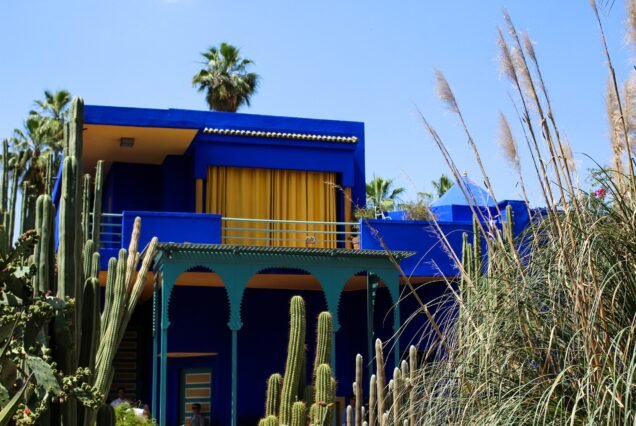






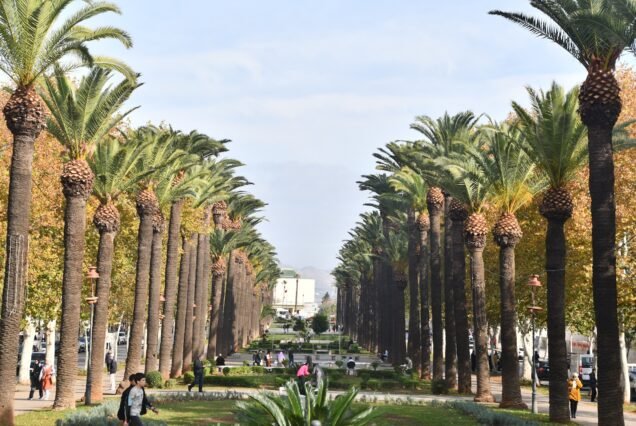












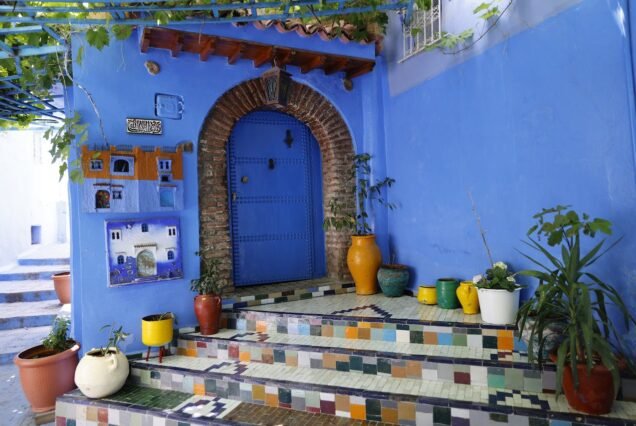












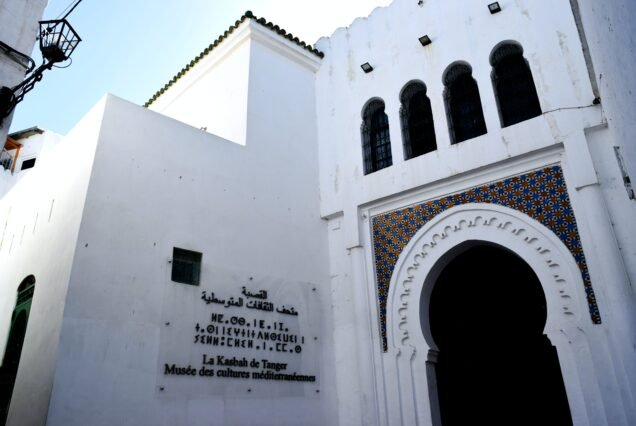
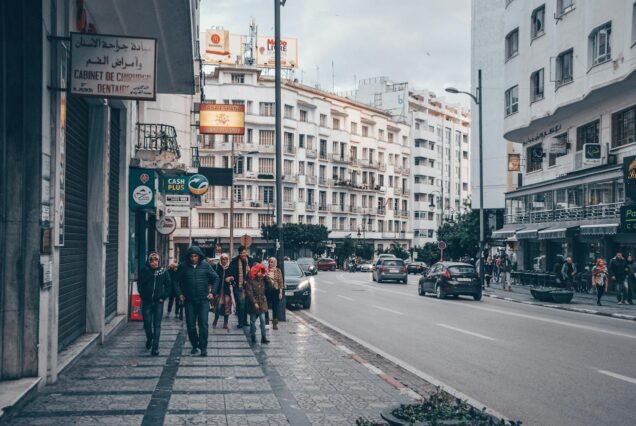

















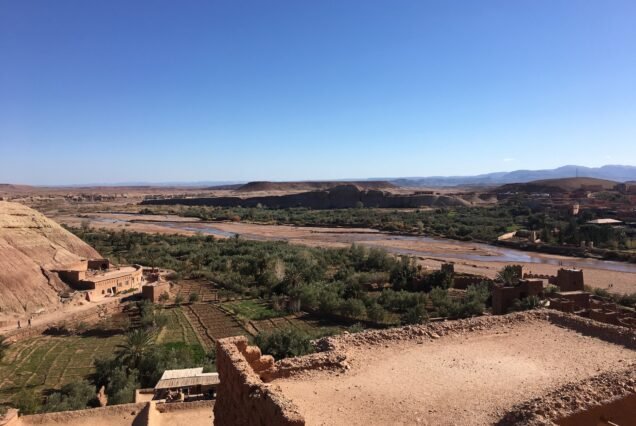


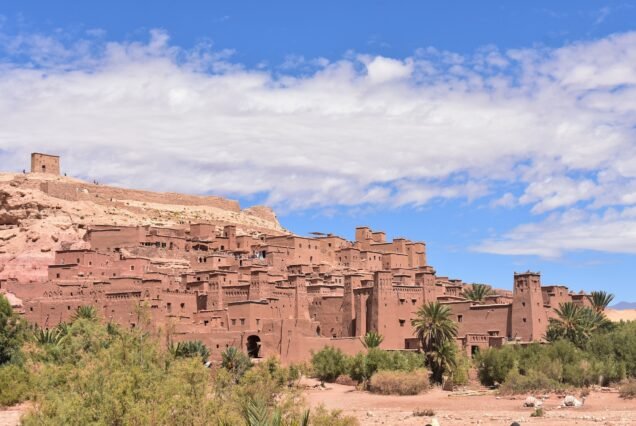














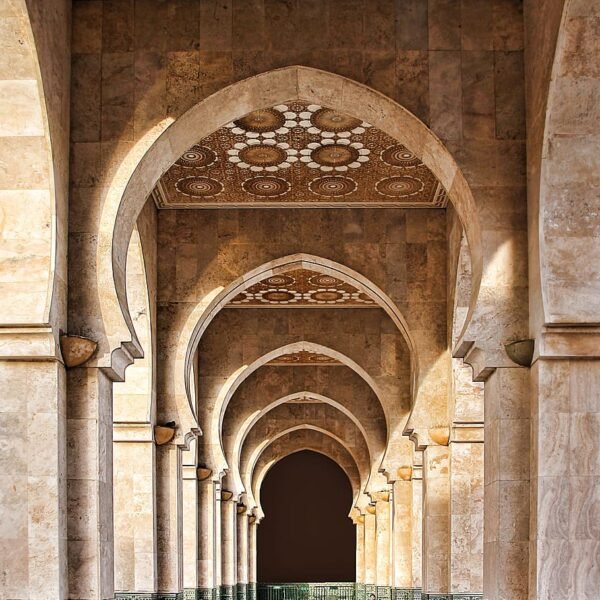





Be the first to review “10 Day – Desert Tour from Tangier to Marrakech”